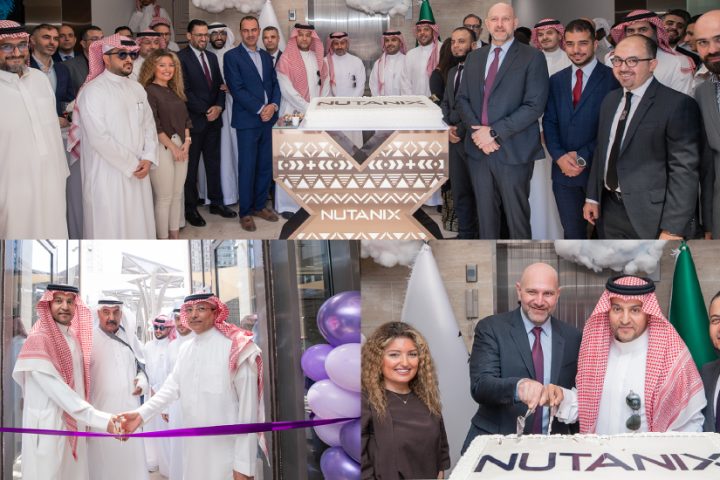It’s no secret that data and analytics for key competencies for every organization’s digital transformation efforts. Data science has become one of the rapidly progressing fields, thanks to the crucial role it plays in understanding big data.
Although data has become a real game-changer, harnessing it is not always straightforward and many global corporations are struggling to leverage their data assets. With data forming the bedrock upon which Dubai’s Smart City initiatives are built, these strategies generate an overabundance of data and even more questions, requiring more analytics than we can possibly imagine. They also require continuous analytic breakthroughs in order to achieve a true digital transformation.
This pressure to exploit data in new ways and the increased emphasis on digital transformation is also causing a tremendous amount of strain on organizations analytics teams. Although many are investing heavily in data technologies to transform their organizations, quick access to information and insights can be impossible and many are still failing at putting this data in the hands of business people.
A key tactic for improving data access and providing insights involves bringing the two elements of data and data science together. But for many organizations unifying theses in order to drive digital transformation continues to be a challenge. Every vertical and department has a need for ingesting disparate content and performing complex analytic processes against it to drive value from the massive accumulation of “dark data” stored by organizations. With 48 percent of the total data stored by organizations in the UAE, classed as “dark data” by the 2018 UAE Databerg Report, unlocking the value of such data through data analytics could be key to guiding leaders make more informed decisions regarding their digital innovation offering.
One of the principal ways in which organizations can unify data and data science is by changing the status quo and developing an analytics culture across the business. Analytic teams serve as the backbone to digital transformations, but more often than not, we find that analytic teams are starting from an insufficient position, attempting to innovate with legacy holdovers of analytics processes, technology and team alignments. Holding on to these relics are the biggest barriers to analytic alignment and innovation.
Leaders focused on digital transformation should focus on both cultural and technology strategies that help to create an analytics competency that fuels digital innovation. This is no small task. With data skills in short supply and demand for data-related roles set to continue to rise within the next four to five years, this is either exciting or intimidating depending on what side of the analytic effectiveness spectrum you’re sitting when it comes to digital transformation.
Linking up data insight to people with vital business knowledge is paramount to organizations wanting to make the most of data analytics. Not only will it enable the organization to understand data analytics at every level, it will also create an army of “citizen data scientists”. Uniting departments that otherwise would have been siloed, while generating more insightful and valuable analyses. Empowering these burgeoning citizen data scientists is a unique opportunity for organizations to compete in today’s digital economy. These individuals are eager to learn and develop new skills to improve their personal development and contribute to the business, but they can only be harnessed with the right enablement, support and self-service tools. What’s more, according to a survey conducted by Forbes Insights, in collaboration with EY, organizations which have an analytics strategy which is central to their overall business strategy are approximately five times more likely to achieve revenue growth and operating margin greater than 15%, as compared to organizations lacking an analytics vision.
With the hyper-focus on digital transformation, it’s important to keep in perspective. It isn’t always about new things, it’s about new value. Harnessing the networking effect of data, people and technologies paves the way to creating a sustainable cycle of analytic innovation that drives digital transformation.














